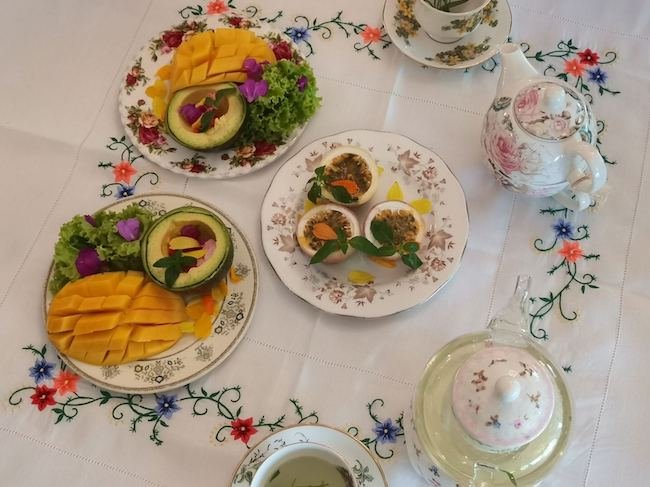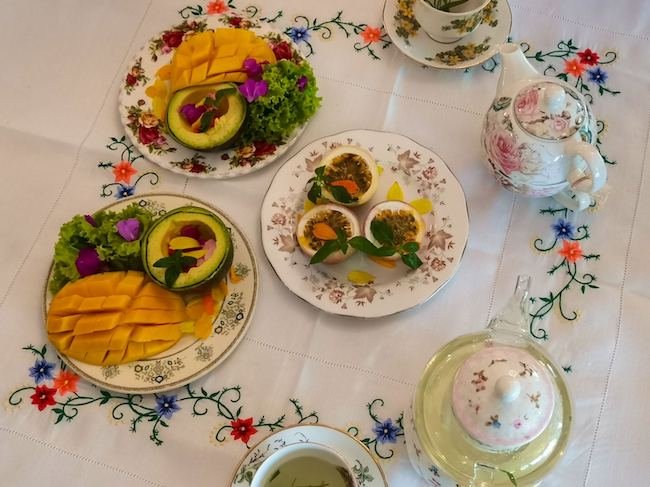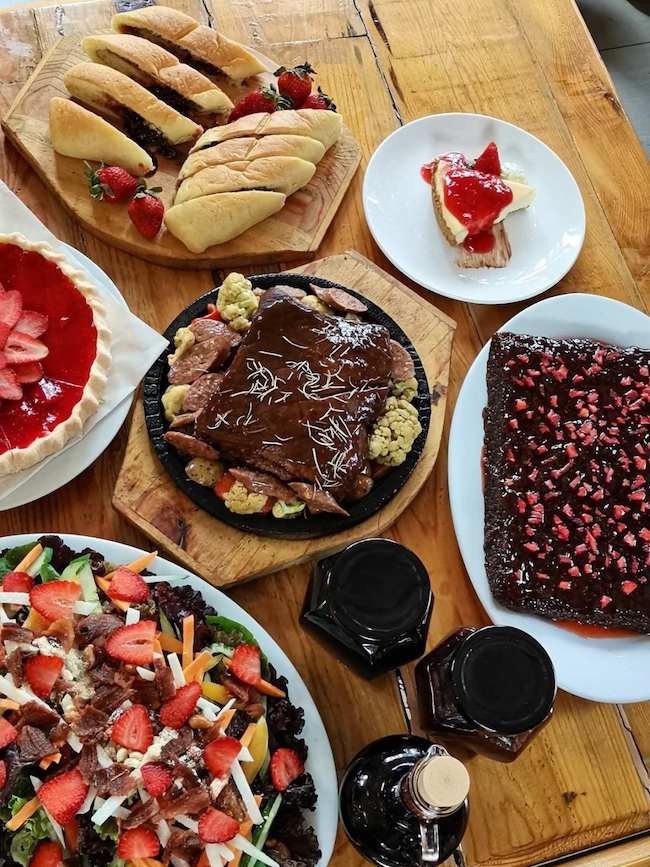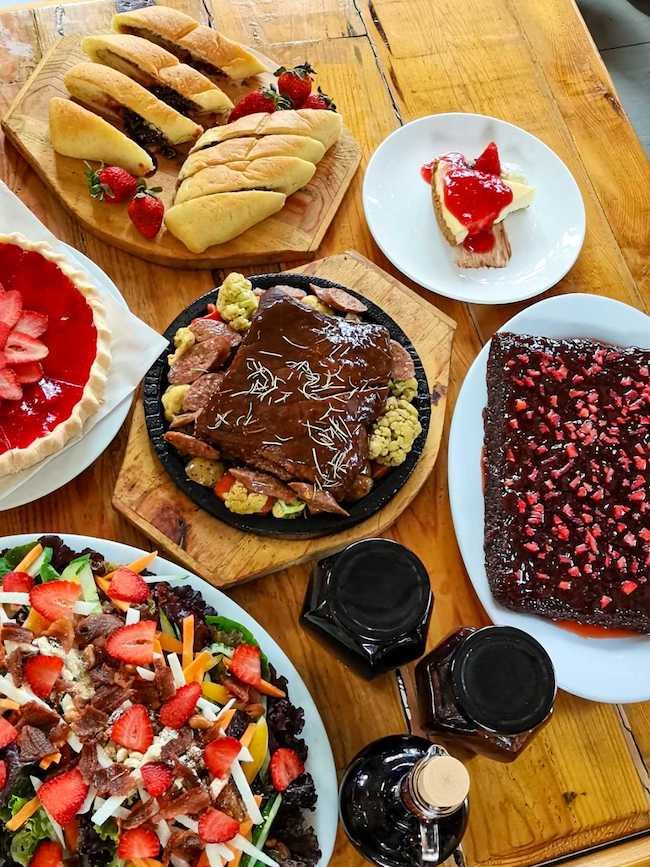Study says saturation in images is key to marketing food items

I recently came across an article from Science Daily that says saturation in images is key to marketing food items. In the study, photos high in color saturation make food look fresher and tastier to viewers. This, then, increases their willingness to order the menu items. Color saturation refers to the intensity of the color in the image — the vividness and richness of the reds and greens and blues.
Study says saturation in images is key to marketing food items
To support the credibility of this study, I’ve attached a few photos of my own. Aside from that, I’ve edited the saturation of the photos – accordingly to the study.
Stephanie Liu, the lead author of the study and associate professor of hospitality management at The Ohio State University, published it online in the Journal of Business Research. In the study, she expressed the following:
“On Instagram, it means using the ‘X-Pro II’ filter on your food photos rather than the ‘Earlybird’ filter. It is not difficult and doesn’t cost a dime, so it is an easy win for restaurant marketers.”


According to Science Daily, the researchers did two online studies.
The first study included 267 participants imagining themselves browsing through options on an online food ordering platform. Researchers, then, showed the participants photos of a poke bowl, a Hawaiian dish featuring chunks of raw and marinated fish, vegetables, and sauce over rice from a fictitious restaurant, Poke Kitchen.
They randomly assigned participants to view one of the four different photos. These photos, on the other hand, have high or low color saturation. Aside from that, these have close or farther away visual distance. Participants rated how fresh the food in each photo was, how tasty it looked, and how likely they would purchase the item.
“When the food is shown close up, it is already easy for the viewers to imagine how fresh and tasty the food would be. Color saturation is not as necessary.”


Meanwhile, the second study involved 222 online participants who had to imagine they were browsing Instagram and come across images of pizza from a fictitious restaurant, Pizza city. Researchers told them that they would be either eating alone or with family. Then, they asked the participants to rate the pizza on freshness and tastiness and the possibility of whether or not they would purchase it.
“When people are eating with others, the social experience is a big part of what people look forward to. But, when they anticipate eating alone, they focus more on the food itself. They want the food to be fresher and tastier and that’s why color saturation is more important in this context.”


Stephanie Liu pointed out that restaurants have to post pictures of their food on social media and online ordering platforms. She also noted that they should be paying as much attention to the photos that they post.
“Color saturation is one key element they need to focus on.”
You can read more of the research here.
Stephanie Q. Liu, Laurie Luorong Wu, Xi Yu, Huiling Huang. Marketing online food images via color saturation: A sensory imagery perspective. Journal of Business Research, 2022
Angela Grace P. Baltan has been writing professionally since 2017. She doesn’t hesitate to be opinionated in analyzing movies and television series. Aside from that, she has an affinity for writing anything under the sun. As a writer, she uses her articles to advocate for feminism, gender equality, the LGBTQIA+ community, and mental health among others.





